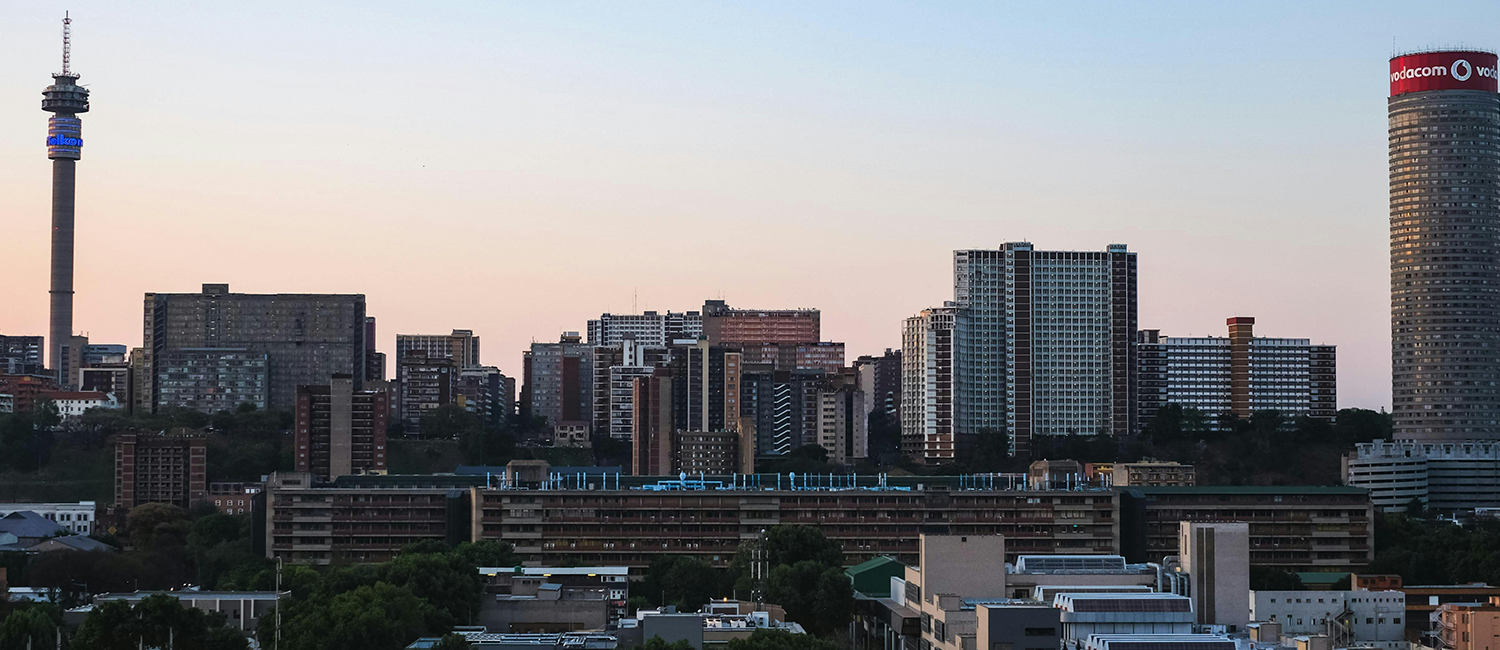CONSTITUTION Hill, one of Johannesburg’s most important historical sites and home of the Constitutional Court, will get a R6,1-million facelift this year.
The restoration, which will be paid for by Blue IQ, will focus on areas that have never been refurbished. “There has to be a strict and strong adherence to the character of the site and the protection of the heritage related asserts,” explains Darryl Petersen, the site director.
As far as he is concerned, “Constitution Hill is the Robben Island of Johannesburg”.
The four main sections to be targeted are the Old Fort atrium and courtyard, and Numbers 4 and 5. Barriers will also be built on the hill for visitor safety.
Old Fort atrium
Work on the Old Fort atrium will include refurbishing the existing woodwork, stonework, staircase and floor. Although parts of the Old Fort were renovated between 1999 and 2002, the prisoner block remains as it was when it was built in 1893. This section includes the prison cells, open-air courts and mini halls, which can be used for conferences and workshops.
The wooden floor and stairs are dilapidated, the steel doors and gate have rusted, and the paint is worn, testifying to the age of the site. The prisoner cells are as decrepit as the rest of the building.
The Old Fort was constructed in 1893 by the Zuid Afrikanse Republic as a prison for white men. There was a high incidence of crime and petty crime at the time, when gold mining had just started in Johannesburg. “The only black prisoner who was incarcerated in the Old Fort was Nelson Mandela,” Petersen says.
Numbers 4 and 5
The adjacent prisons, Numbers 4 and 5, were built in the late 19th and early 20th centuries to incarcerate “natives”.
Criminals and political prisoners were all locked up together. “The kind of people imprisoned here were, among others, Chief Albert Luthuli, Mahatma Gandhi and Robert Sobukwe.”
Much of the restoration work will be on these sections. It will include re-establishing existing woodwork; restoring existing stonework; repairing the staircase, floor and concrete walls; fitting new duct covers; repainting the walls; and replacing the old roofs with new ones made of corrugated iron.
Number 5, which will be open for public viewing for the first time after the renovations, will require more work than Number 4. It is very run down, although original doors and gates are still attached.
Some of the toilets are missing from the cells, although the Indian toilet – located in the open-air area – is still standing. The section’s communal showers have been reduced to water pipes running horizontally without any shower heads. All the gates are fully functional despite the rust.
The notorious Number 4 prison, situated opposite the Constitutional Court, is not as rundown. On the way to this section, there are a number of rooms where warders lived. On entry, visitors are greeted by an exhibition of pots in glass cases located in the open-air court.
Number 4 was infamous for its high profile prisoners and the appalling conditions in which they were kept. It is now home to a permanent Mahatma Gandhi exhibition; the satyagraha leader was incarcerated at the facility for his part in the passive resistance movement, which ran between 1906 and 1913.
The front wall of the guard room at the top of the cell block in Section 4 is still standing, hovering over the open-air court and giving visitors a feeling of being watched.
Ramparts and safety barriers
Work will also be carried out on the hill that separates the Old Fort from the other sections of the prison complex. This area gives one an aerial view of the site.
At the moment, there is just a path along the top of the hill, where people can walk and look down on to the site. This poses a safety risk, especially for visiting children. To boost safety from the ramparts, barriers will be constructed to stop people from falling.
Old Fort courtyard
The Old Fort courtyard will be paved as part of the facelift. This will be the first time work will be carried out on the courtyard, where grass has started growing through gaps in the concrete and stone floor.
Education is the core objective of Constitution Hill. “The goal is to establish Constitutional Hill as a human rights campus that is alive with dialogue and debate around contemporary issues,” says Petersen.
Learners can visit the hill to learn about the site and its relevance to South Africa. Busing-in tours are also held for underprivileged schools from all over Gauteng.
The Constitution Hill Development Company manages the site’s four profit generation initiatives; namely, venue hire, tenanting, admission fee for tours, and leasing of the underground super-basement parking, which accommodates 1 722 vehicles. The restoration project will place the site in a better position to compete with other organisations that specialise in hiring out venues for conferences and workshops.
The overall objective of the refurbishment is “to preserve a rich history and to preserve buildings and architecture that cannot be replicated in any way”, Petersen explains.
Constitution Hill is an important part of South Africa’s history and represents the link between the past, present and the future of the country. It is now home to the Constitutional Court, the Public Protector and various non-governmental organisations such as Forum for the Empowerment of Women and Behind the Mask.

